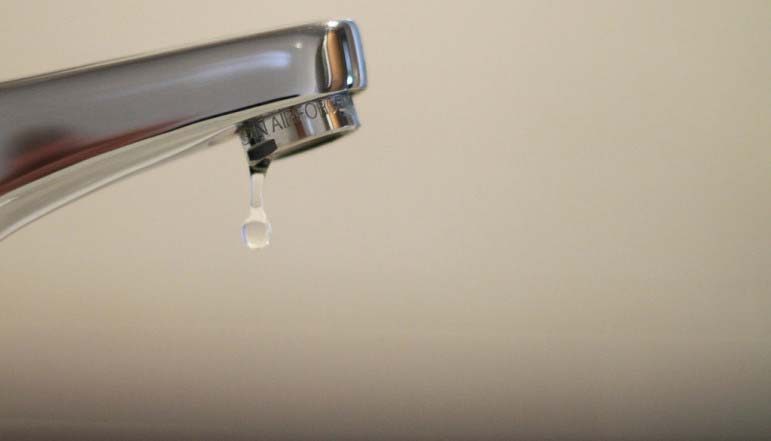
Reducing consumption of electricity and water in Qatar is one of the nation’s utility provider’s top priorities going forward, Kahramaa said today during the unveiling of its long-term strategy for 2030.
But while leaders in Kuwait and Oman have recently suggested that Gulf countries should tackle waste by reducing government subsidies for water and energy, Qatar does not appear to be going that route yet.
Qataris are given water and electricity for free here, and the government also heavily subsidizes consumption by expats. Perhaps due to this, Qatar continues to be ranked one of the least energy efficient nations in the world.
However, Kahramaa’s president did acknowledge today that the company may broach the issue of subsidized utilities with the government at a future date.
Goals
Kahramaa’s 2030 strategy and five-year plan (2014-18) were both launched this morning by President Essa bin Hilal Al-Kuwari at the Qatar National Convention Center. The meeting was opened by Minister of Energy and Industry Dr. Mohammed Bin Saleh Al-Sada.
The report identified 12 international trends in water and electricity that could affect Kahramaa’s business in the run-up to 2030. These include maintenance of an uninterrupted and sustainable supply of electricity and water as demand grows, reduction in energy subsidies internationally, investment in clean and efficient energy and water technologies and the global adoption of smart technologies.
Because prices for electricity and water are set so low, the strategy states in its current structure, the company would not be able to sustain itself without help from the government:
“Kahramaa’s financial viability remains heavily reliant on government subsidies, due to a number of structural and social challenges that limit Kahramaa to operate on commercial business.
According to the strategy, these challenges to include:
- Kahramaa’s “negligible” ability to affect tariffs, as prices are set solely by the government;
- Consumer consumption patterns; and
- A “disconnect” between current tariff rates and Kahramaa’s cost base.
As Qatar’s population expands, Kahramaa also faces the challenge of ensuring there is enough water and energy for everyone.
Since it cannot raise prices to discourage consumption, the company must focus on building capacity and holding awareness drives to motivate people to curb wasteful behavior.
Speaking to Doha News at the launch, Al-Kuwari said:
“The issue of subsidies is decided by the government. We could raise the issue with them in the future. Now we are studying the country’s needs and are doing an annual survey to make sure we have capacity to meet the needs, as the population rises.”
Targets
During his address, Minister Al-Sada called for a reduction in water and electricity usage, saying:
“Kahramaa should be working not only to provide high-quality, sustainable and cost-effective power and water services, but also to conserve energy and water as these are scarce and invaluable natural resources,” he said.
Under its awareness campaign Tarsheed, the state utilities company has targets to reduce the energy consumption per capita from 43 KWh/day currently to 39KWh/day by 2018. It also aims to cut the amount of water used from 595 liters/day to 459 liters/day over the next four years.
This could be achieved through the introduction of smart water meters in homes to raise awareness of water usage and smart water grids to quickly identify and manage pipe leaks, the strategy said.
Kahramaa has also previously announced plans to improve its emergency water supply from a couple days to a capacity of a week. Construction is underway for a $260 million desalination plant, due to be complete by June next year, and there are plans to build five “mega” reservoirs – apparently the world’s largest water tanks – outside Doha, slated to be complete by 2016.
That scheme will cost some $2.7 billion and involve constructing the world’s largest water tanks, with the goal of building up a seven-day water supply to serve its burgeoning population.
Thoughts?







